How to remove limescale
It tarnishes our taps, clogs our kettles and can really take the shine off our shower doors. Ridding your home of limescale can feel like a never-ending battle of rinsing and scrubbing, only to find chalky deposits still stubbornly clinging to surfaces – or lurking inside the coffee machine.
Limescale not only looks unsightly, it can also prove expensive. Left to build up, it can hinder the performance of household appliances – like your boiler – making them less effective and more costly to run. Ultimately, limescale can cause serious damage to internal components, costing both time and money to put right.
So what is this chalky white crust that stands in the way of us achieving a spick-and-span home? And is there a way of tackling it that doesn’t involve throwing away the kettle or replacing the bathroom tiles? We’ve delved a little deeper into the murky world of mineral deposits to find out, and suggested ways you may be able to lose the limescale for good.

Rain water is naturally soft when it lands, but once it reaches the ground it passes through different types of rock like chalk and limestone, picking up calcium and magnesium along the way, which change the water’s composition. The minerals that make the water ‘hard’ are soluble in water, but when they evaporate from a surface (or are heated inside a kettle or central heating system) they leave behind calcium and magnesium deposits, more commonly known as limescale.
Is limescale bad for you?
While it’s not harmful to drink hard water, there are superficial drawbacks. It can dry out your skin and hair – meaning you need to use more products, it can irritate the skin and, for people who suffer from eczema, the condition can be worsened by hard water.
But limescale is bad for you in other ways – it’s costing you time, money and effort in keeping your home clean and efficient. If you live in a hard water area, you’ll be familiar with the struggle to scrub limescale off your taps, sinks and shower head. As more and more limescale finds its way into your home, the build-up wreaks havoc with your squeaky-clean surfaces.
There’s nothing like getting a mouthful of limescale in that last sip of tea to make you realise it’s time to tackle the problem.
The only effective way to remove limescale from your kettle is to perform a manual descaling. Fill your kettle halfway with water, top up with white vinegar and then leave overnight. The limescale will come off easily the next day – just remember to rinse thoroughly with boiling water to get rid of any lingering tang.
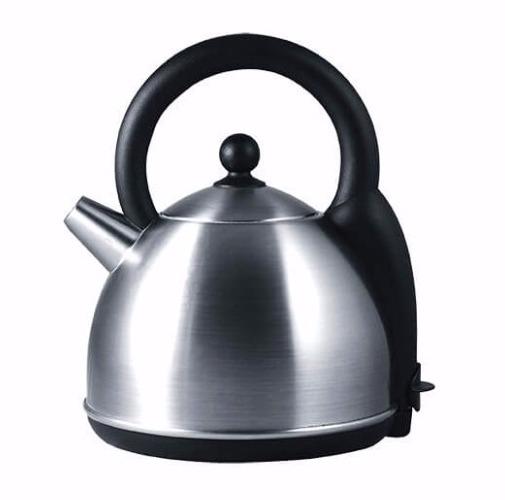
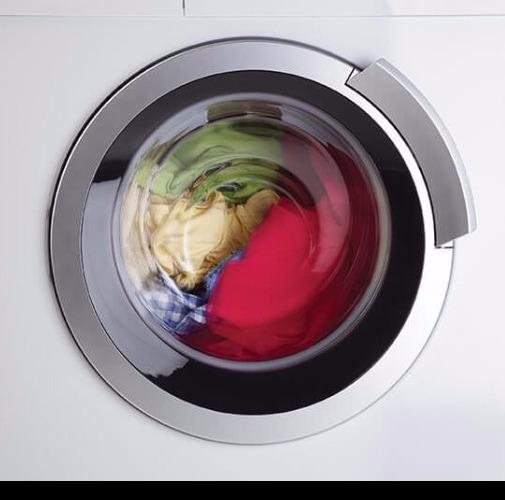
Washing machines spend their lives heating water and, if you live in a hard water area, you can practically guarantee that the limescale left behind by the heating process will build up on some of the machine’s components. Over time, this will lead to higher energy bills as you’re forced to run more intensive washes. And if your washing machine isn’t properly cleaned, your household could be at risk from harmful E. coli that lurks in limescale.
You can help prevent a limescale build-up inside your washing machine by adding soda crystals to each wash, or even using white vinegar or lemon juice in place of fabric conditioner.
If you live in a hard water area and don’t have a water softener installed, you might need to step it up a little. The best way to help beat tough limescale is to run a monthly hot wash, just with soda crystals. Not only will a good cleaning routine remove limescale, it’ll keep your clothes clean and smelling fresh.
Ever wondered why your taps don’t have that perfect sparkly finish, despite your best cleaning effort? When warm hard water passes through your taps, it leaves an unpleasant build-up of crusty limescale deposits.
It’s tough to get rid of with standard cleaning products, and you can risk damaging your taps if you rub too vigorously with abrasive scrubs, but this is where you can bring the trusty vinegar or lemon juice back into play.
Put some vinegar in a plastic sandwich bag, tie it around the end of the tap, then leave it to soak. Or try soaking a tea towel in vinegar and wrapping it over the tap. Alternatively, you could cut a lemon in half and squash it onto the tap, allowing nature to work its magic overnight.
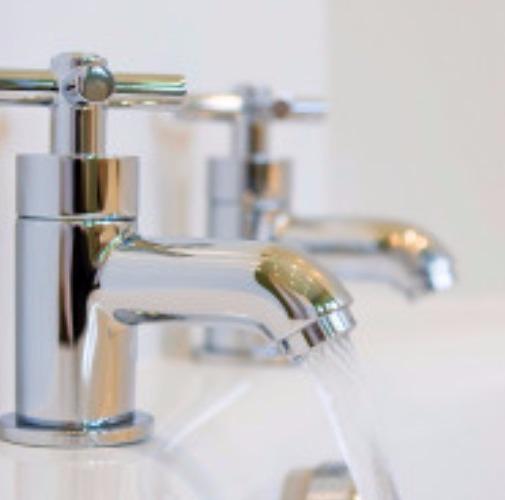
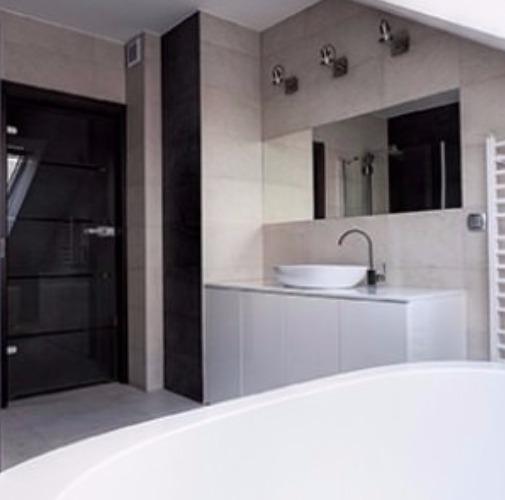
Good news – flat surfaces are much easier to descale than fiddly taps and household appliances. Simply fill an old spray bottle with warm water and vinegar and add this home-made product to your bathroom cleaning cupboard.
Spray the solution directly onto bathroom tiles and leave it to soak for a few minutes before washing off with water. This will protect your tiles from damage incurred by over-vigorous scrubbing and keep them looking as good as new for longer.
While these DIY solutions can help in the short-term, softening water at the point it enters your home is the only long-term, hassle-free and permanent solution to banishing limescale.
Water softeners using ion exchange stop the problem before it happens. Using resin beads where your stopcock is located, they attract the minerals and replace them with sodium ions, giving you beautifully soft water. With limescale-free water running through your home, your appliances will last longer, your pipes and heating systems will run more efficiently, and your bathroom and kitchen will sparkle like they should.
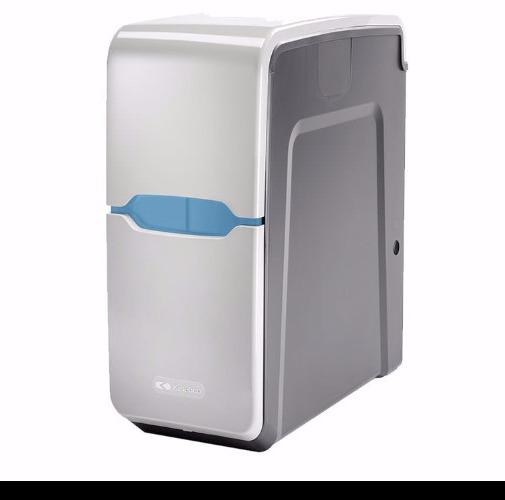

To find your perfect water softener, take a look at our range today.
See the range >
Our water experts put their very best thinking into engineering smarter products to bring families like yours the very best water.
Learn more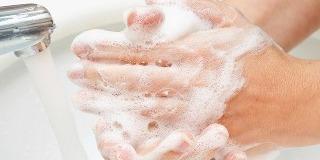
Discover the many benefits of a water softener for you, your home and your wallet.
Learn moreSpeak to a Kinetico AquaCare Expert
If you are in need of a repair or would like a routine service our expertly trained technicians can fix most problems in just one visit, getting you back up and running quickly. We’ll ensure your machine is working efficiently, giving you the best water for your home. Fill in the form below and we will be in touch or call 0808 1641 796.


